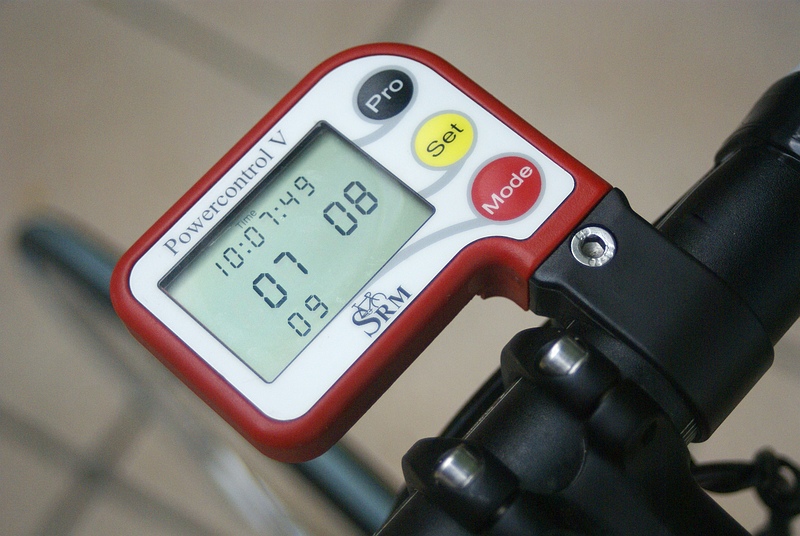What is Powertec?

The analyses of Powertec can be compared to an MRI-scanner:
- An MRI scan cuts the body virtually in discs and makes a picture of each of them. The MRI will paste the pictures of the different discs and create in this way a complete image. The radiologist can see if there is a problem and will then inform the doctor, who can take the necessary steps.
- Powertec analyses the power data of a body. The physical shape is cut virtually in time (discs of 30 minutes or 1 hour) on the base characteristics of each moment (power, energy, recovery). Then, Powertec will paste the discs of a complete training session or race and translate this in energy and power that can be given over time. The Powertec analyst will review the data and inform the cyclist or personal trainer, who can make the necessary adjustments.
Powertec is a very reliable tool to follow up the condition of a body during the whole duration of a training session and/or race. To use Powertec, no preceding tests are required. Only a correct maximum heart rate is used as a reference point. The most important analysis of Powertec is the prediction of the PSS (Power at Steady State). This value represents the maximum power that a cyclist could develop during a 5 minute period.
For an example of an analysis, click here